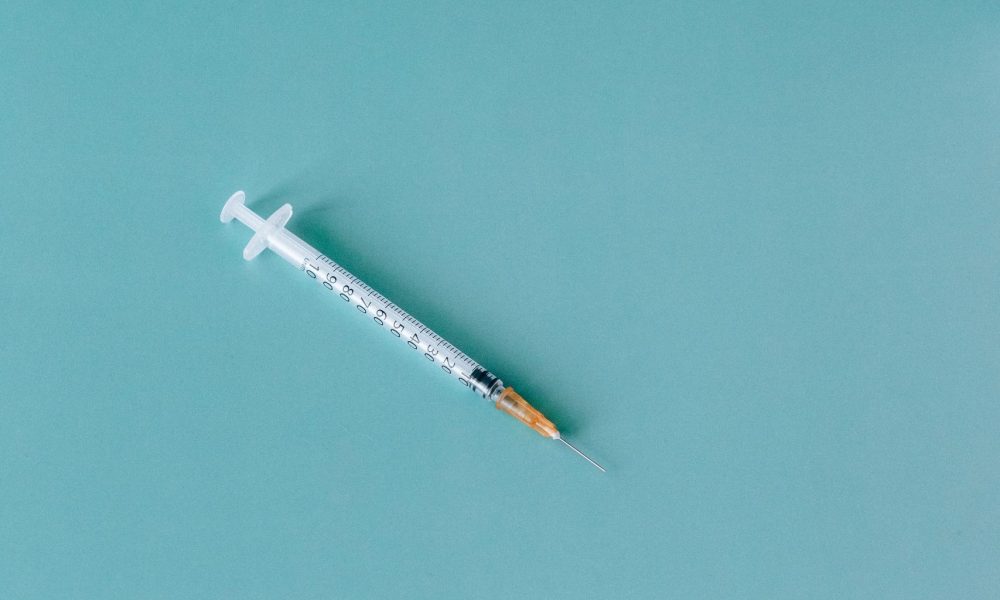In a little-noticed section of a report on the nation’s worsening drug overdose epidemic released late last year, the American Medical Association (AMA) urged states and local communities to consider allowing overdose prevention sites (OSPs) to operate as a public health strategy.
“At this point in the nation’s epidemic, the AMA urges states and communities to consider all evidence-based approaches to prevent overdose death and help connect individuals to health care and treatment,” the report says. “The data shows that OSPs help reduce risky drug use behaviors, overdose and death while improving public safety and access to health care.”
The message comes as the Biden administration continues fight against efforts to open the sites, where people can use drugs in a supervised setting. The Justice Department has stood in the way of a proposed Philadelphia overdose prevention site, for example, even as some in New York have begun operation with approval from local officials. The opposition has chilled some other jurisdictions from allowing similar centers to open.
But studies show the sites “save lives,” AMA said in its report: “Whether in Canada, Europe or the sites in New York City, thousands of overdose reversals have taken place while there have been no reported fatalities at the sites.”
Additionally, the facilities “increase access to health services,” AMA said, with more than half (52.5 percent) of participants receiving services “including naloxone distribution, counseling, hepatitis C testing, medical care and holistic services.”
Nearly 3 in 4 who used the centers, meanwhile, did so instead of consuming in a public or semipublic location, the report says.
In November, a separate AMA-published study found that the New York centers have not led to increased crime, despite a significant decrease in arrests. While opponents had argued that establishing the harm reduction centers would drive crime, the study in JAMA Public Health found that “initial data from NYC do not support these concerns.”
A 2022 JAMA study found additionally that, over the course of two months in the first year of implementation, trained staff at New York City’s first overdose prevention center intervened in 125 instances to mitigate overdose risk, administering naloxone and oxygen and providing other services to prevent a person’s death.
Even so, a federal prosecutor who has jurisdiction over Manhattan emphasized in a statement to The New York Times in August that the sites are illegal and that he is “prepared to exercise all options—including enforcement—if this situation does not change in short order.”
In 2021, the Supreme Court rejected a request to hear a case on the legality of establishing the facilities. The following year, the Justice Department said it was in the process of evaluating possible “guardrails” for safe consumption sites.
Congressional researchers in 2022 highlighted the “uncertainty” of the federal government’s position on safe drug consumption sites, while pointing out that lawmakers could temporarily resolve the issue by advancing an amendment modeled after the one that has allowed medical marijuana laws to be implemented without Justice Department interference.
Meanwhile, National Institute on Drug Abuse (NIDA) Director Nora Volkow has tacitly endorsed the idea of authorizing safe consumption sites, arguing that evidence has effectively demonstrated that the facilities can prevent overdose deaths.
Volkow declined to say specifically what she believes should happen with the ongoing lawsuit, but she said safe consumption sites that have been the subject of research “have shown that it has saved a significant [percentage of] patients from overdosing.”
Rahul Gupta, the White House drug czar, has said the Biden administration is reviewing broader drug policy harm reduction proposals, including the authorization of supervised consumption sites.
The National Institutes of Health (NIH) put out a pair of requests for applications in December 2021 to investigate how safe consumption sites and other harm reduction policies could help address the drug crisis.
Gupta, the director of the White House Office of National Drug Control Policy (ONDCP), has said it’s critical to explore “any and every option” to reduce overdose deaths, which could include allowing safe consumption sites for illegal substances if the evidence supports their efficacy.
Biden DOJ Tells Federal Court Not To ‘Disrupt’ Marijuana Rescheduling Decision By Allowing Industry Lawsuit To Proceed
Read the full article here

